How to Grow Exotic Plants and Flowers Indoors
Growing exotic plants and flowers indoors can be a fun and rewarding hobby. Not only do they add a touch of beauty and elegance to your home, but they also have numerous health benefits. Studies have shown that indoor plants can improve air quality, reduce stress, and boost mood and productivity.
Choosing the Right Plants
Before you start growing exotic plants and flowers indoors, it is important to choose the right plants that are well-suited for indoor conditions. Some plants require a lot of light and humidity, while others can survive with minimal care. Make sure to research the specific requirements of each plant before purchasing.
Providing Adequate Light and Water
Proper lighting and watering are essential for the growth and survival of indoor plants. Most exotic plants and flowers require bright, indirect light and consistent moisture. Be sure to water your plants regularly and provide them with the appropriate amount of light for optimal growth.
Creating the Ideal Environment
In addition to lighting and watering, the environment in which your plants are placed can greatly impact their growth. Exotic plants and flowers thrive in an environment with consistent temperatures, high humidity, and good air circulation. Consider investing in a humidifier or placing a tray of water near your plants to increase humidity levels.
Conclusion
Growing exotic plants and flowers indoors can be a fun and rewarding experience. By choosing the right plants and providing them with the proper care and environment, you can enjoy the beauty and health benefits of indoor gardening. Stay tuned for more tips on how to grow and care for exotic plants and flowers indoors.
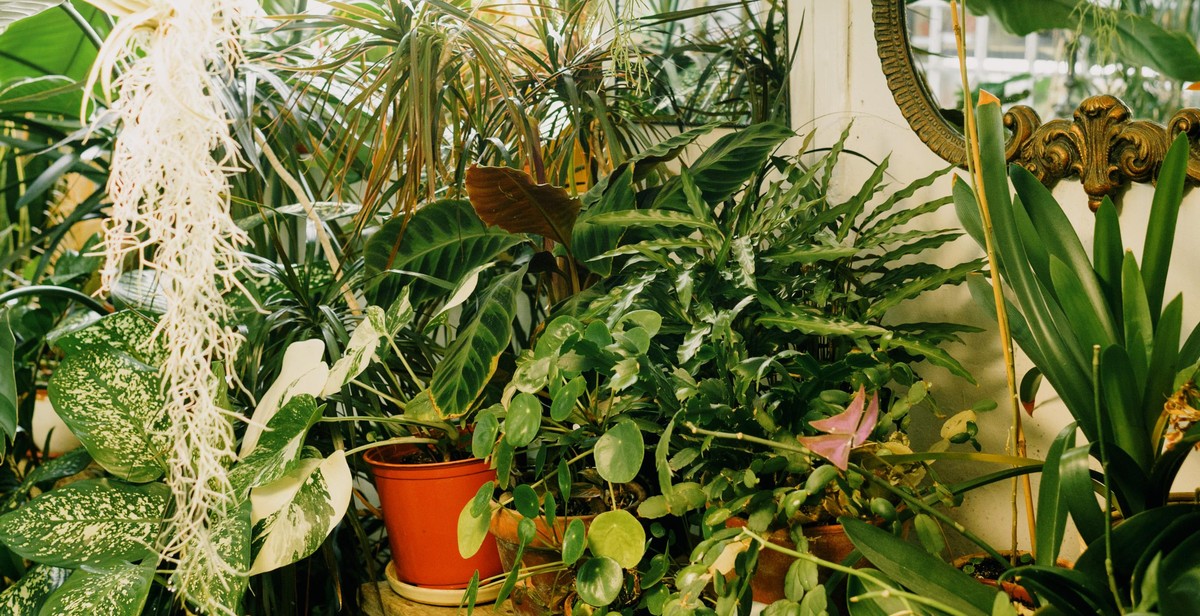
Benefits of Growing Exotic Plants and Flowers Indoors
Growing exotic plants and flowers indoors has numerous benefits, including:
Improved Air Quality
Exotic plants and flowers are known to purify the air, removing toxins and pollutants. This is especially important for indoor spaces, where air quality can often be compromised by factors such as poor ventilation and the use of chemical cleaners. By growing exotic plants and flowers indoors, you can improve the air quality in your home or office, creating a healthier environment for yourself and others.
Aesthetic Appeal
Exotic plants and flowers are often prized for their beauty and unique appearance. By incorporating these plants into your indoor space, you can add a touch of elegance and sophistication to your décor. Whether you prefer bold, vibrant blooms or delicate, intricate foliage, there is an exotic plant or flower out there to suit your taste.
Mental Health Benefits
Studies have shown that being around plants and nature can have a positive impact on our mental health and well-being. Indoor gardening can provide a sense of relaxation and calm, helping to reduce stress and anxiety. In addition, caring for plants can give us a sense of purpose and accomplishment, boosting our self-esteem and sense of fulfillment.
Overall, growing exotic plants and flowers indoors is a great way to improve your living or working space, while also reaping a variety of health and aesthetic benefits.
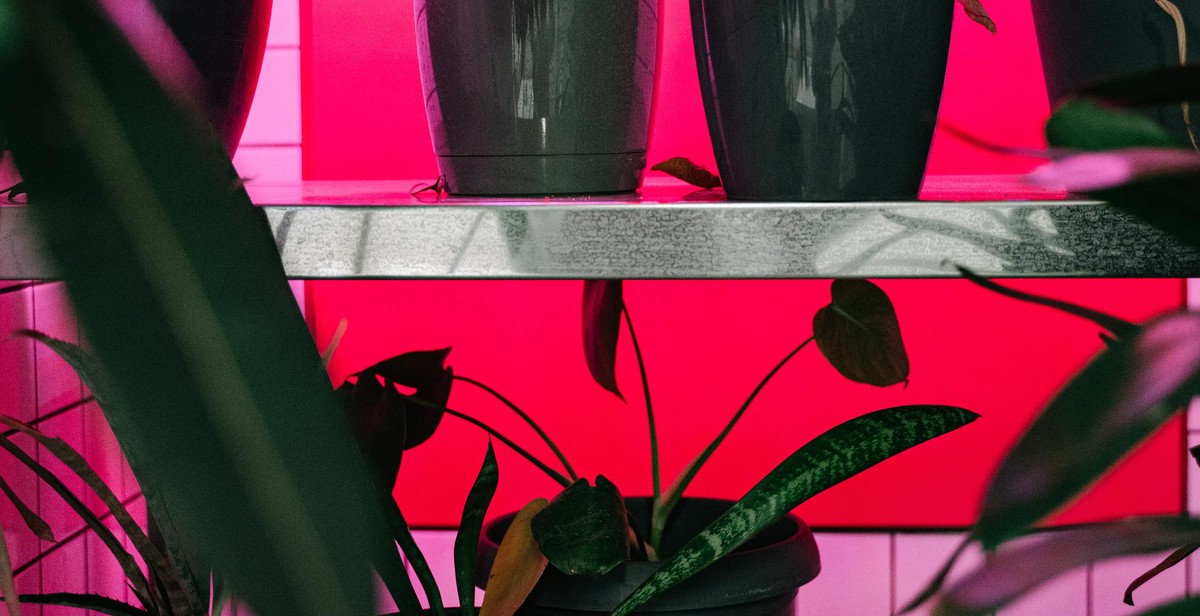
Choosing the Right Exotic Plants and Flowers for Indoors
When it comes to growing exotic plants and flowers indoors, it’s important to consider a few key factors to ensure their success. Here are some things to keep in mind when selecting the right plants for your indoor space:
Consider Lighting
One of the most critical factors to consider when selecting exotic plants and flowers for indoors is lighting. Most exotic plants require bright, indirect light to thrive. However, some plants, such as ferns and certain orchids, can tolerate lower light levels. Be sure to research the lighting requirements of your desired plants and choose a location in your home that meets those needs.
Temperature and Humidity
Many exotic plants and flowers come from tropical or subtropical regions and require warm, humid conditions to thrive. Be sure to select plants that can tolerate the temperature and humidity levels in your home. If your home is dry, consider using a humidifier or placing a tray of water near your plants to increase humidity levels.
Size and Space
Consider the size and space requirements of the plants you are interested in. Some exotic plants, such as the bird of paradise, can grow quite large and require a lot of space. Others, such as the peace lily, are more compact and can be placed on a tabletop. Be sure to choose plants that fit the size and space constraints of your indoor environment.
Maintenance Requirements
Finally, consider the maintenance requirements of the plants you are interested in. Some exotic plants require frequent watering, while others can go for longer periods without water. Some plants may also require special fertilizers or pruning to keep them healthy. Be sure to research the maintenance requirements of your desired plants and choose plants that fit your lifestyle and time constraints.
By considering these factors when selecting exotic plants and flowers for indoors, you can create a beautiful and thriving indoor garden that will bring joy and beauty to your home.
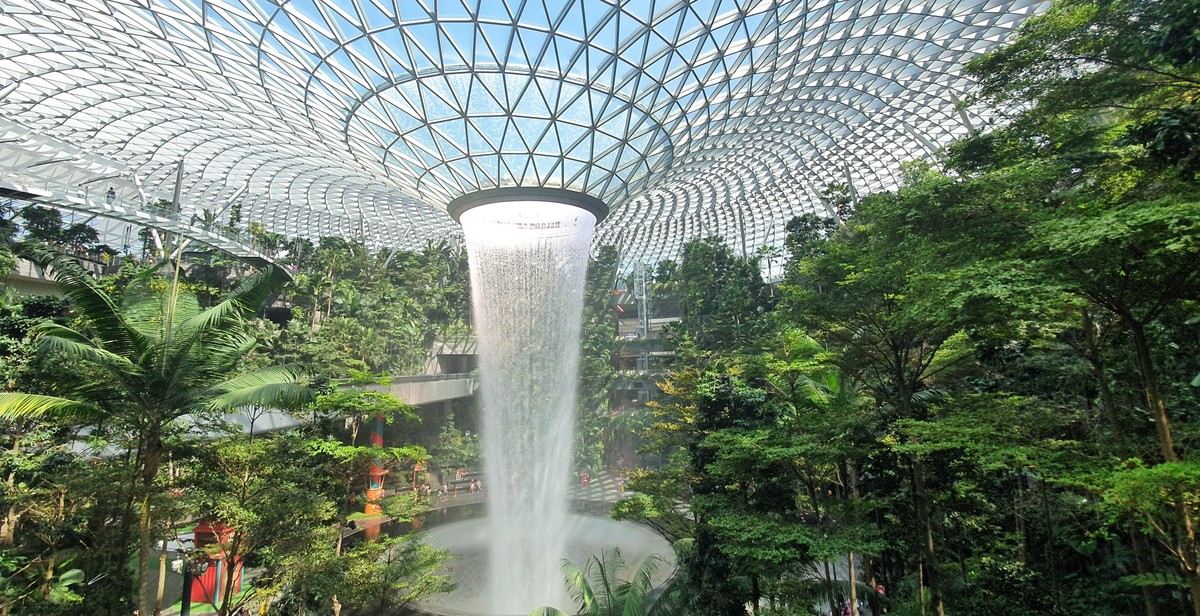
Setting Up Your Indoor Garden
Growing exotic plants and flowers indoors requires careful planning and preparation. One of the most important aspects of setting up your indoor garden is selecting the right containers and pots, soil and fertilizer, watering and drainage, lighting, and temperature control. Here are some tips to help you get started:
Containers and Pots
Select containers and pots that are appropriate for the size of your plants. Make sure they have good drainage holes to prevent water from accumulating and causing root rot. You can choose from a variety of materials such as plastic, clay, ceramic, and metal. Consider the aesthetic appeal of the containers as well, as they can add to the overall look of your indoor garden.
Soil and Fertilizer
Use high-quality soil that is well-draining and rich in nutrients. You can mix in some perlite or vermiculite to improve drainage and aeration. Fertilize your plants regularly with a balanced fertilizer that contains nitrogen, phosphorus, and potassium. You can also use organic fertilizers such as compost or worm castings.
Watering and Drainage
Water your plants regularly, but make sure not to overwater them. Allow the soil to dry out slightly before watering again. Use a watering can or spray bottle to avoid damaging delicate leaves and flowers. Make sure there is good drainage to prevent water from accumulating in the containers.
Lighting and Temperature Control
Exotic plants and flowers require adequate lighting to grow and thrive indoors. Place your plants near a window that receives bright, indirect sunlight or use grow lights if natural light is not available. Make sure to monitor the temperature and humidity levels in your indoor garden. Most exotic plants prefer temperatures between 60 and 75 degrees Fahrenheit.
| Aspect | Tips |
|---|---|
| Containers and Pots | Select appropriate sizes and materials with good drainage holes |
| Soil and Fertilizer | Use high-quality soil and fertilize regularly with balanced or organic fertilizers |
| Watering and Drainage | Water regularly and avoid overwatering, ensure good drainage |
| Lighting and Temperature Control | Provide adequate lighting and monitor temperature and humidity levels |
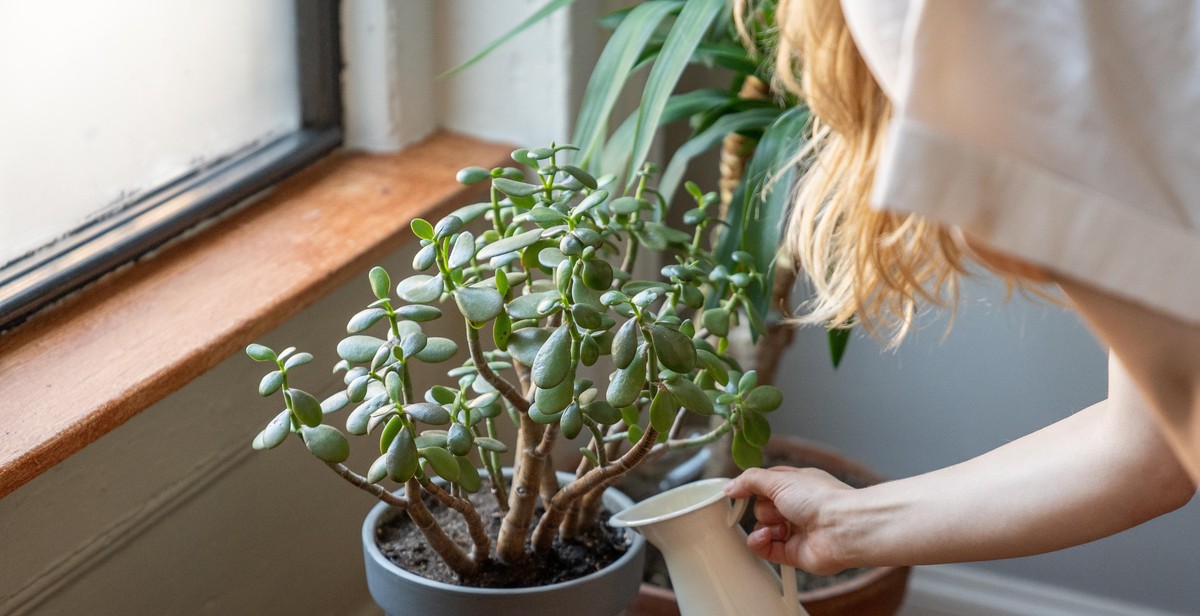
Caring for Your Exotic Plants and Flowers
Exotic plants and flowers require a bit more care compared to regular houseplants. Here are some tips to keep your exotic plants and flowers healthy:
Watering
Watering is crucial in keeping your exotic plants and flowers healthy. However, overwatering can lead to root rot, while underwatering will cause the plant to dry out. The amount of water your plant needs will depend on the type of plant and the environment it is in.
One way to check if your plant needs watering is to stick your finger into the soil up to your second knuckle. If the soil feels dry, it’s time to water. If it’s still moist, wait a few more days before checking again.
It’s also important to use the right type of water. Some exotic plants are sensitive to the minerals found in tap water, so it’s best to use distilled or rainwater instead.
Pruning and Trimming
Pruning and trimming are essential in maintaining the shape and health of your exotic plants and flowers. Regular pruning helps promote new growth and prevents the plant from becoming too leggy.
When pruning, make sure to use clean, sharp tools to avoid damaging the plant. Cut just above a leaf node, and avoid cutting too much at once, as this can shock the plant.
Fertilizing
Exotic plants and flowers require regular fertilizing to promote healthy growth and vibrant blooms. However, too much fertilizer can burn the roots and damage the plant.
It’s best to use a slow-release fertilizer specifically designed for exotic plants. Follow the instructions on the package, and avoid fertilizing during the plant’s dormant period.
Pest Control
Exotic plants and flowers can be susceptible to pests such as spider mites, mealybugs, and scale insects. Regularly inspect your plants for signs of pests, such as yellowing leaves or webbing.
If you do find pests, treat them immediately with an appropriate insecticide. Avoid using harsh chemicals that can damage the plant or harm beneficial insects.
| Plant Care Tip | Description |
|---|---|
| Humidity | Exotic plants and flowers thrive in high humidity. You can increase humidity by placing a tray of water near the plant or using a humidifier. |
| Light | Exotic plants and flowers have specific light requirements. Some prefer bright, indirect light, while others need full sun. Make sure to research your plant’s light needs and place it in the appropriate location. |
| Temperature | Exotic plants and flowers are often sensitive to temperature changes. Keep them away from drafts and maintain a consistent temperature in the room. |
By following these tips, you can ensure that your exotic plants and flowers thrive and add a touch of tropical beauty to your home.
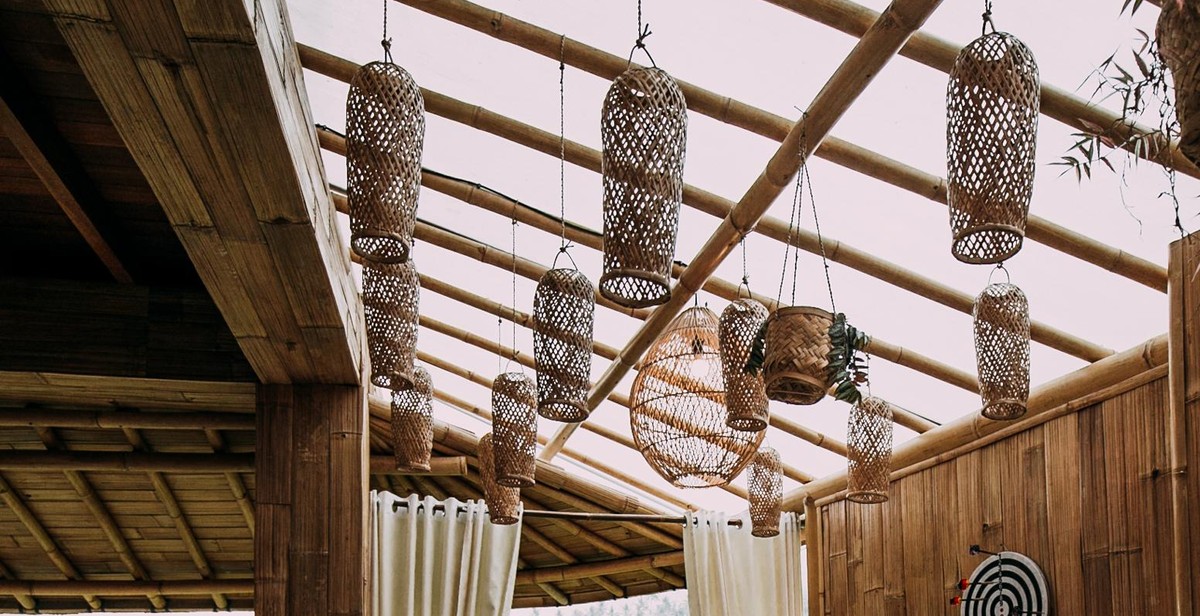
Conclusion:
Growing exotic plants and flowers indoors can be a fun and rewarding experience. With the right knowledge and tools, you can create a beautiful and thriving indoor garden that will impress your family and friends. Remember to choose plants that are well-suited for indoor growing conditions and take the time to research their specific needs.
Start by selecting the right potting soil and containers for your plants, and make sure to provide adequate lighting and humidity. Keep a close eye on your plants and adjust their care as needed, such as watering and fertilizing on a regular schedule.
Don’t be afraid to experiment with different plants and growing techniques. You may find that some plants do better with hydroponic or aeroponic systems, while others thrive in traditional soil-based setups.
Finally, be patient and enjoy the process. Growing exotic plants and flowers indoors can take time and effort, but the end result is well worth it. Whether you’re looking to add some color to your home or just want to try your hand at indoor gardening, the tips and techniques in this article can help you get started.
| Key Takeaways: |
|
